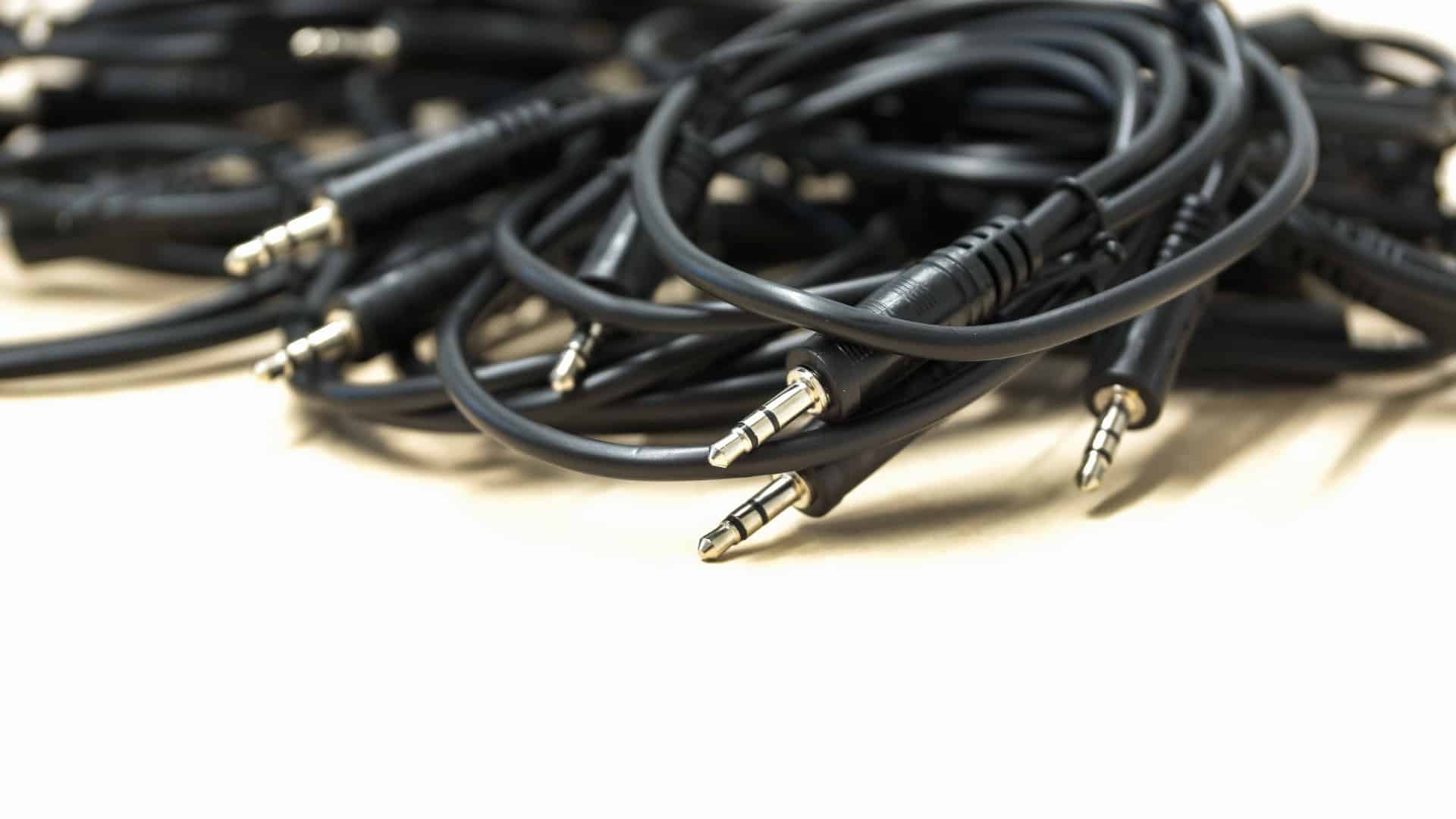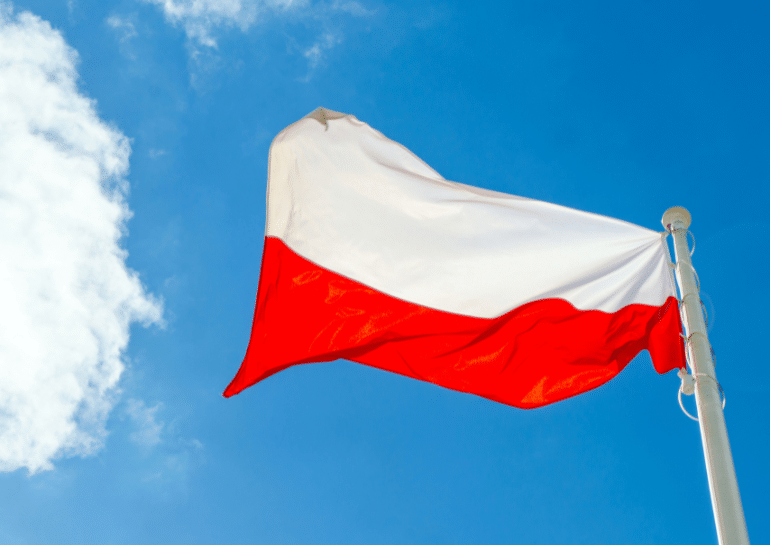The Packaging and Packaging Waste Regulation (PPWR) introduces sweeping changes to labelling, recycled content, and digital passports. Non-compliance carries significant risk, including market exclusion across all 27 EU member states.
For Quick Readers
- The PPWR is a directly binding regulation in all 27 EU member states, requiring immediate action before its main provisions apply in August 2026.
- New harmonized labels for material composition, reusability, and sorting are mandatory by 2028, requiring a complete overhaul of packaging artwork.
- Failure to comply with PPWR rules on labelling, recycled content, or packaging design will result in severe penalties, including fines and market exclusion from the entire EU.
Mastering the PPWR: A Guide to the EU’s New Mandatory Packaging Labelling
The European Union has replaced its former packaging directive with the far-reaching Packaging and Packaging Waste Regulation (PPWR). This regulation imposes directly applicable laws across all 27 member states, creating a new standard for environmental compliance. For any company placing packaged goods on the EU market, the PPWR introduces urgent and complex challenges, particularly the PPWR Kennzeichnungspflicht, or mandatory labelling obligations. These rules are not suggestions; they are legal requirements that will be enforced starting in 2026. Failing to adapt your packaging and processes now could result in fines and a complete ban from the EU market. This guide details the new requirements and outlines the immediate steps you must take to ensure 100% legal conformity.
The new PPWR is a regulation, not a directive, meaning it is legally binding in all 27 EU member states without needing national laws. This change creates a single, harmonized market standard, but also removes any flexibility companies had under previous national interpretations. The regulation officially entered into force on February 11, 2025, and most of its critical provisions become fully applicable just 18 months later, in August 2026. This short timeline requires immediate action from all producers, importers, and distributors operating within the EU. Waiting to adapt your packaging strategy is a risk that could cost millions in fines and lost sales. The new framework aims to reduce total packaging waste per capita by 15% by 2040 compared to 2018 levels. To achieve this, every business must align with the new PPWR requirements immediately. The era of varied national packaging rules is over, replaced by a unified and stricter system that demands your full attention now.
Shift from Directive to Regulation: Act Now
The PPWR introduces a harmonized labelling system across the EU to eliminate consumer confusion and improve recycling quality. By August 2028, all packaging must feature labels that clearly identify material composition using standardized pictograms. These new symbols will replace the often-misunderstood triangular codes, providing clear sorting instructions for consumers in every member state. Misleading labels that imply false sustainability benefits will be explicitly prohibited, with enforcement beginning as early as 2026.
The regulation specifies several mandatory label types:
- Material Composition: A clear pictogram indicating the specific material (e.g., PET, ALU) to facilitate correct sorting by consumers.
- Reusability: A distinct label for packaging that is part of a reuse or refill system, including a QR code with details on return points.
- Deposit-Return Systems: A harmonized label for packaging included in national deposit-return schemes.
- Digital Information Carrier: A QR code or similar data carrier must provide end-users with detailed sorting instructions and information on recycled content.
Producers have less than 42 months to implement these comprehensive changes on all packaging lines. These new labelling rules are a cornerstone of the regulation. This shift requires a complete overhaul of packaging artwork and data management systems to avoid market access denial.
Decode New Harmonized Labelling Mandates
A key component of the PPWR is the introduction of mandatory minimum recycled content targets for plastic packaging, effective from 2030. These targets are designed to create a stable market for recycled materials and reduce the EU’s reliance on virgin plastics. The requirements vary by packaging type, creating a complex compliance matrix for manufacturers. For instance, by 2030, contact-sensitive packaging made from PET must contain at least 30% recycled content.
The specific targets for 2030 include:
- 30% recycled content for single-use beverage bottles made from PET.
- 10% recycled content for contact-sensitive packaging made from plastics other than PET.
- 35% recycled content for all other plastic packaging, including transport packaging.
- 30% recycled content for contact-sensitive packaging made with PET (excluding beverage bottles).
These targets will increase significantly by 2040, with some categories rising to 65%. Companies must not only source these materials but also accurately report the percentages, likely through the new digital labelling systems. To prepare, you must secure your supply chain for high-quality recyclates and integrate these new metrics into your compliance reporting now. Explore our solutions for managing recycled content to get started.
Meet Mandatory Recycled Content Targets
The PPWR mandates the use of a data carrier, such as a QR code, on all packaging to link to a Digital Product Passport (DPP). This passport will provide consumers, recyclers, and authorities with detailed, transparent information about the packaging’s entire lifecycle. The DPP is not just a label; it is a comprehensive data file that must be maintained and updated. It must contain information on material composition, reusability features, recycled content percentage, and the presence of any Substances of Concern (SoC). Access to this data must be standardized and open, making your company’s compliance data fully transparent. The technical specifications for the DPP are expected by August 2026, leaving little time for implementation. Companies must begin preparing their data infrastructure immediately to handle the collection and dissemination of this information. The DPP is a core element of the EU’s push for a circular economy and a significant technical hurdle for unprepared businesses. Learn more about the Digital Product Passport obligations and how we can help you prepare.
Implement the Digital Product Passport
Ignoring the PPWR is not an option and will lead to severe consequences. The regulation empowers each of the 27 EU member states to enforce penalties for non-compliance, which can include substantial fines and market exclusion. Any packaging that fails to meet the new requirements for recyclability, labelling, or recycled content will be barred from being placed on the EU market. For a company with significant European sales, this amounts to a complete business shutdown in the region. Fulfillment service providers are also obligated to suspend services for any non-compliant clients. Beyond financial penalties, non-compliance carries a high risk of reputational damage among consumers who increasingly demand sustainable products. The regulation strengthens Extended Producer Responsibility (EPR) schemes, making producers financially responsible for the entire lifecycle of their packaging. You must act now to audit your packaging portfolio and ensure it aligns with all PPWR requirements before the 2026 enforcement deadlines.
Avoid Severe Penalties for Non-Compliance
The transition period for the PPWR is short, and the requirements are extensive. Proactive measures are essential to protect your business and ensure continued access to the EU market. A systematic approach is needed to address the sweeping changes across your entire packaging portfolio. Overlooking a single requirement, such as the 50% maximum void space ratio for e-commerce packaging, can halt your products at the border. We recommend taking the following steps immediately to address your labelling and compliance obligations.
Here is a 4-step plan to start today:
- Conduct a Full Packaging Audit: Analyze every piece of packaging you place on the EU market against the new PPWR criteria for recyclability, recycled content, and labelling.
- Redesign and Source Materials: Update packaging designs to meet minimization requirements and secure supply chains for the necessary volume of post-consumer recycled materials.
- Update Artwork and Data Systems: Implement the new harmonized labels and prepare your IT infrastructure for managing the Digital Product Passport data for over 450 million EU consumers.
- Appoint an Authorized Representative: If you sell cross-border into the EU without a local entity, you must appoint an authorized representative in each country to manage your EPR obligations.
These steps are complex and time-consuming. To ensure you meet every deadline and requirement without error, it is critical to seek expert guidance. Contact Deutsche Recycling today to ensure your business is 100% compliant with the PPWR regulations.
Your Immediate Action Plan for Compliance
FAQ
What is the main difference between the old Packaging Directive and the new PPWR?
The main difference is that the PPWR is a ‘regulation’ instead of a ‘directive’. This means it is directly and uniformly applicable across all 27 EU member states, eliminating differences in national laws and creating a single, stricter set of rules for everyone.
Do the PPWR rules apply to companies outside the EU?
Yes. The PPWR applies to all packaging placed on the EU market, regardless of where the company is based. Non-EU producers selling to EU consumers must appoint an authorized representative in each member state to handle their compliance obligations.
What are the minimum recycled content targets for plastic packaging?
By 2030, targets include 30% for PET beverage bottles, 10% for other food-contact plastic packaging, and 35% for non-food-contact plastic packaging. These targets are set to increase further by 2040.
What should my company do right now to prepare for the PPWR?
You must take action now. Start by conducting a full audit of your current packaging against PPWR requirements. Then, begin redesigning packaging, sourcing compliant materials, updating artwork with new labels, and preparing your data systems for the Digital Product Passport. To ensure you are fully compliant, contact Deutsche Recycling for an expert consultation.
More Links
The European Commission provides comprehensive information on the EU’s approach to packaging and packaging waste regulation.
EUR-Lex offers direct access to EU Regulation 2025/40 on packaging and packaging waste.
The German Packaging Register provides essential information on packaging regulations specific to Germany.
The German Environment Agency offers insights into the EU Packaging Regulation and its integration with circular economy principles.
The Federal Ministry for the Environment provides detailed statistics on packaging waste generation and recycling rates in Germany.
Eurostat offers comprehensive statistics on packaging waste across the European Union.
A news article from the European Commission’s Joint Research Centre discusses the European Green Deal’s objectives to reduce wasteful packaging and enhance reuse and recycling.
The European Environment Agency provides in-depth country profiles on municipal and packaging waste management.
The Federal Ministry for the Environment offers information on the German law concerning the placing on the market, taking back, and high-quality recycling of packaging (Verpackungsgesetz).






